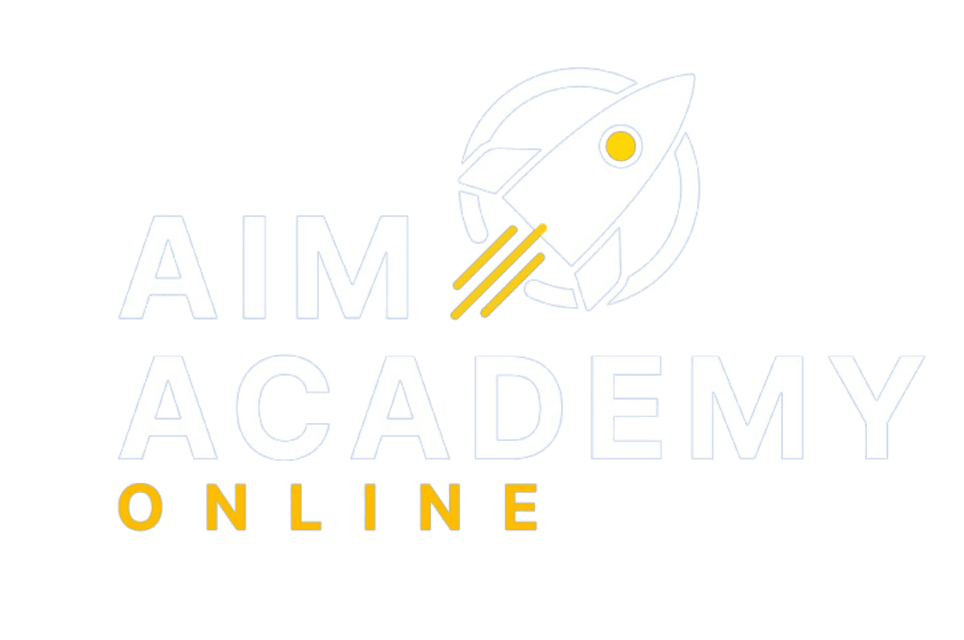Making the Jump: From Learning to Read to Reading to Learn
By Lauren Bailes, Aim Academy English Teacher
 I don’t remember quite when it happened. At one point, I was reading phonics books about dogs, boys, hats, and bats. Making meaning from even these simple words was laborious. There was just so much for my mind to hang on to — the long and short vowels, what characters were doing and saying, when certain letters were silent or pronounced. I vividly remember sitting on my mom’s lap in the living room as she read A Cricket in Times Square aloud. I followed along as best as I could but the words were complex and beyond my ken. Even more overwhelmingly, these complex words wove themselves into an even more complex story. My mom’s voice was the only thing that kept the story alive because, independently, I couldn’t have put those moving pieces together in a way that made sense.
I don’t remember quite when it happened. At one point, I was reading phonics books about dogs, boys, hats, and bats. Making meaning from even these simple words was laborious. There was just so much for my mind to hang on to — the long and short vowels, what characters were doing and saying, when certain letters were silent or pronounced. I vividly remember sitting on my mom’s lap in the living room as she read A Cricket in Times Square aloud. I followed along as best as I could but the words were complex and beyond my ken. Even more overwhelmingly, these complex words wove themselves into an even more complex story. My mom’s voice was the only thing that kept the story alive because, independently, I couldn’t have put those moving pieces together in a way that made sense.
Then, after a few more chapters of Cricket and a few more phonics books (anyone remember Mr. G-H?), those same moving pieces started operating on their own. Words I had previously struggled to assemble became recognizable on sight. Stories and information came to the fore as the work of reading became as natural as breathing or walking. Books became magic instead of work. Characters could now do so much more than jog or swing; they could ambulate, deceive, wonder, and vindicate.
We all love that moment when readers take off. Seemingly overnight, they go from sounding out words syllable by syllable to taking in whole chapters and whole stories in one gulp. They emerge from the library arms full of chapter books or their favorite series. Or – get ready – they start making their own selections on your Amazon Prime account…
This is a gratifying time for homeschool parents and for their blooming readers. But is there anything we can do to help this process along? There certainly is.
Parents help young readers jump from learning to read to reading to learn by providing two opportunities: volume and choice. Lay a solid foundation by providing your kids with vast and interesting choices of what to read – from narrative nonfiction to how-to books, from classic fairy tales to short stories bursting with vignettes of puzzling characters and everything in between. In this broad array of reading material is an important point for your readers to grasp: the knowledge adults share in common can be found in print. And reading is the key to access those mysteries. Secondly, kids need time to read every day: at least an hour of uninterrupted, unstructured leisure time when reading is what everyone in your family makes it a priority to do.
Now that my homeschool days are a distant memory, it is the long and luxurious time I spent with my nose in a book, surrounded by my brothers and mom doing the same, I remember best.
[Part 2 — How to Help Your Child Read for Inference–will be posted Monday.]
Lauren is a homeschool graduate and an award-winning literacy teacher. She holds an M.A. in literacy from Columbia University and is currently a Ph.D. candidate at Ohio State University. Lauren is offering the following classes for Aim Academy:
| Course (grade) | Teacher | Optional Live Class Discussions* EST | Register |
| Middle School Tools: Writing(6th-8th) | Lauren Bailes | 1st sem. Fri 1-2 PM EST | Register |
| Middle School Tools: Reading Comprehension(6th-8th) | Lauren Bailes | 1st sem. Fri 11-12 PM EST | Register |
| Pre-AP English (9th-12th) | Lauren Bailes | Fri 3-4 PM EST | Register |
